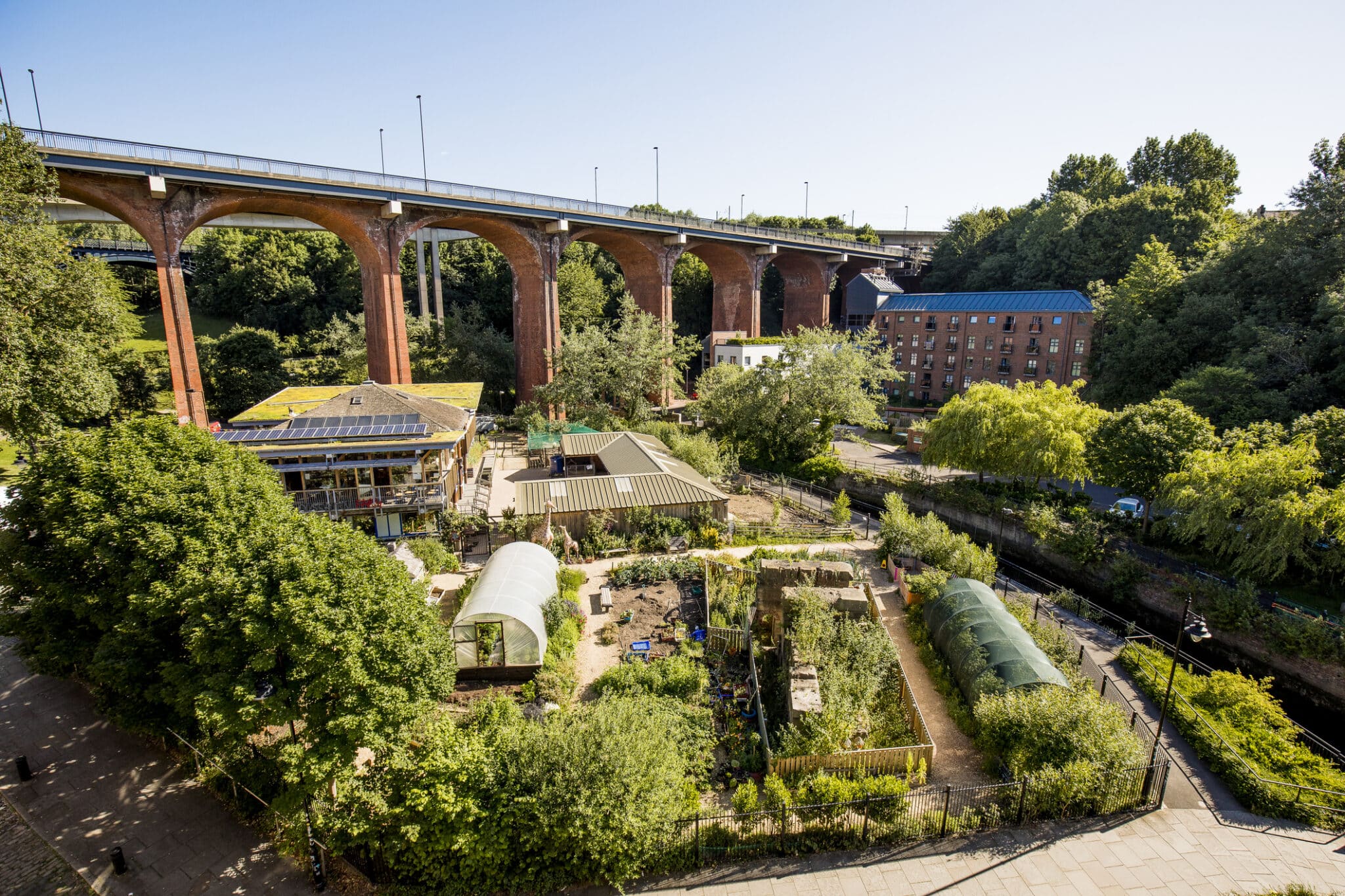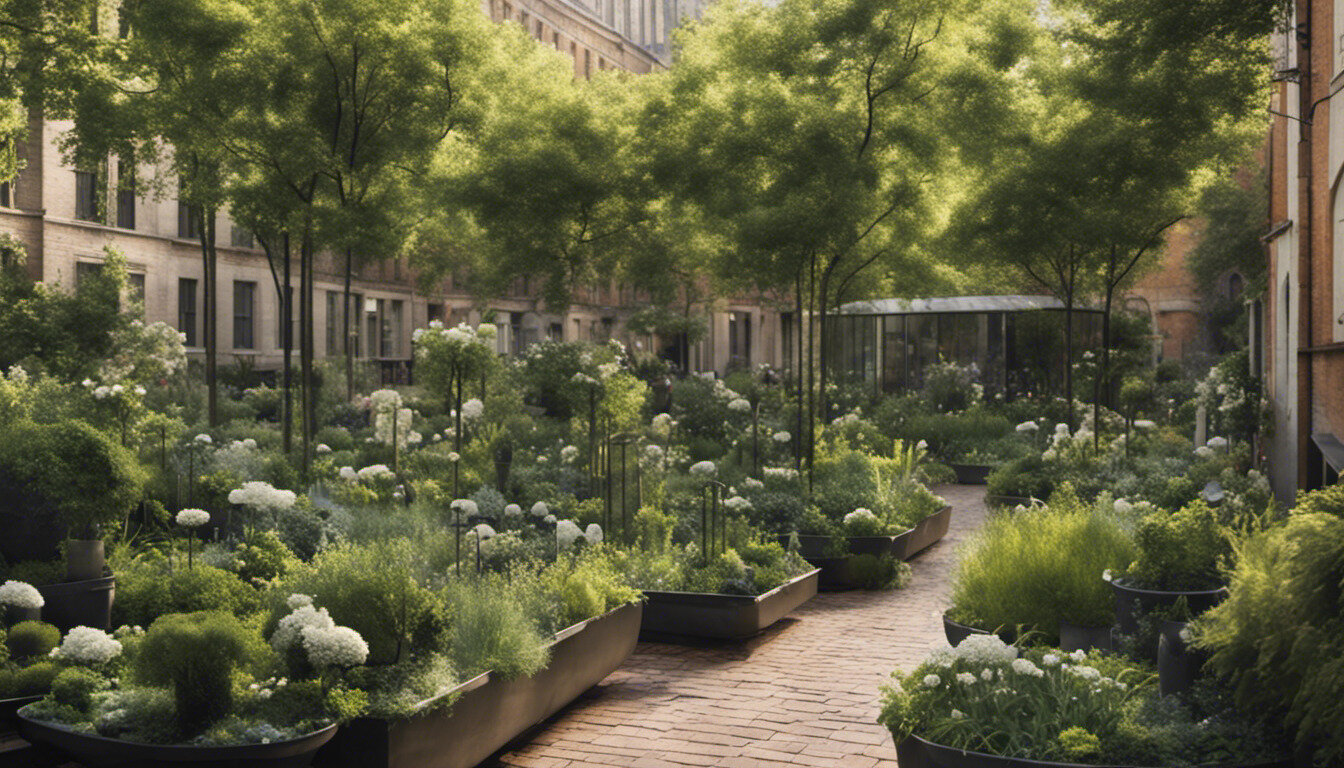Not known Details About City Blooming
Not known Details About City Blooming
Blog Article
Facts About City Blooming Revealed
Table of ContentsSome Known Details About City Blooming Unknown Facts About City BloomingThe Main Principles Of City Blooming Rumored Buzz on City Blooming9 Easy Facts About City Blooming Explained
Intrigued in expanding food for sale in the City of Chicago? Below is a list of frequently asked questions pertaining to the rules and laws that growers should consider when planning an urban farming job.
The zoning change does not change any kind of various other codes managing composting, structure licenses, purchasing or leasing City owned building, organization licenses or ecological contamination. There are existing codes that regulate these problems and they continue to be in full effect and might be applicable to your project. Community gardens are usually possessed or handled by public entities, civic organizations or community-based companies and preserved by volunteers.
Urban farms grow food that is intended to be sold, either on a nonprofit or for-profit basis. Due to their business objective, city farms need a company permit.
The Buzz on City Blooming
Composting is enabled yet only for plant material that is produced and utilized on website. The quantity of garden compost product can not surpass 25 cubic lawns at any type of given time according to the standards in 7-28-715 of the City's Municipal Code. Yes. Since the dirt at a lot of new yard websites needs changing, garden compost, dirt, timber chips, or other products can be gotten to create or improve the growing space - urban gardening.

If a building permit is called for then the hoophouse will certainly be considered an accessory structure. You can discover out more regarding the structure permit demands by contacting the Department of Buildings. The 25,000-square-foot size restriction is meant to avoid a solitary neighborhood yard from controling a given block or diminishing the block's existing household or commercial character.
The limitation does not use to gardens situated in Public Open Area (POS) areas. Can there be even more than one community yard that is 25,000 square feet on a single block? Fencing is not called for, nevertheless, yards that have huge parking areas may be required to mount fencing or other landscaping features.
6 Easy Facts About City Blooming Explained
B1 & B2 districts need that all commercial usage tasks be conducted indoors. Is fence required for metropolitan ranches? Fences may be called for, along with landscaping and screening, for particular vehicle parking areas and outdoor job or storage space areas depending on area and the details task taking location.
Urban ranches call for structure permits and zoning authorizations prior to building (sustainability). Other types of city review may be called for depending on details frameworks, activities, dimension, landscaping, licensing, public health and stormwater monitoring issues.
The Department of Organization Affairs and Consumer Defense can aid identify the certain kind of business license that's called for. Off street parking is required for the majority of commercial tasks in Chicago. The required number of parking areas is based on the number of staff members functioning on site and not the square footage of the growing room.
Getting My City Blooming To Work

Yes. A metropolitan ranch can market compost material created on website, however, the operation has to comply with the guidelines in 7-28-715 of the Chicago Municipal Code. Yes. Aquaponic systems are allowed inside your home on metropolitan ranches in numerous zoning areas. A zoning testimonial and structure authorization is needed in order to set up structures or systems and a service permit is called for as defined over.
Up to 5 hives or nests of honey bees may be maintained as an accessory usage. Beekeepers must sign up with the Illinois Division of Farming. To learn more about the recommended zoning change you may call the Division of Real Estate and Economic Advancement, Bureau of Preparation and Zoning at 312.744.8563.
Farming in cities and next metropolitan areas A city ranch in Chicago. Urban agriculture describes various methods of growing. https://fliphtml5.com/homepage/tkxth/cityblooming/, handling, and dispersing food in city locations. The term likewise uses to the location activities of animal husbandry, tank farming, beekeeping, and horticulture in a metropolitan context. Urban agriculture is differentiated from peri-urban agriculture, which takes area in rural areas at the side of residential areas.
The Of City Blooming
, who seek to develop social networks started on a shared principles of nature and neighborhood holism. These networks can establish by means of formal institutional assistance, becoming integrated into neighborhood community planning as a "change town" activity for sustainable city advancement.
Some of the first evidence of metropolitan farming comes from Mesopotamia.
Report this page